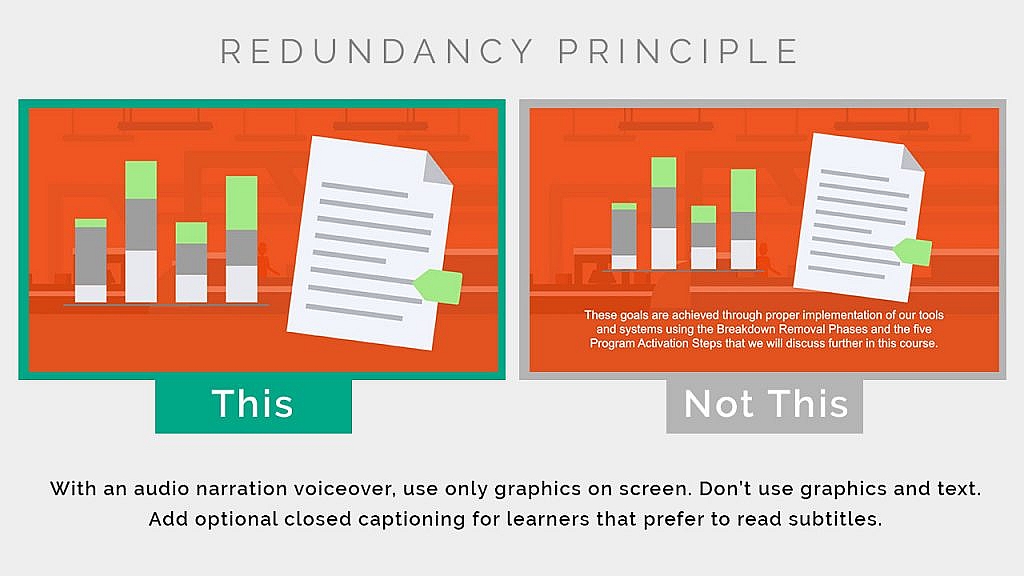
Multimedia Learning: 12 Principles in Instructional Materials
The premise in multimedia learning is that the combination of words and pictures enhance understanding and learning, improve retention and impact academic achievement. Therefore, it is noteworthy to integrate multimedia learning into education. It could be a video, PowerPoint presentation or an online course.
In order to maximize learning, Richard Mayer developed a theory of 12 Principles of Multimedia Learning. These principles are seen as a guidance to those who benefit from the multimedia istruction in education. The principles are primarily centered around the idea that minimizing extraneous load impacts studets’ learning in a positive way. In other words, once you take these principles into consideration, you use the real potantial of learners’ brain and foster understanding.
Principles of Multimedia Learning
1. The Coherence Principle
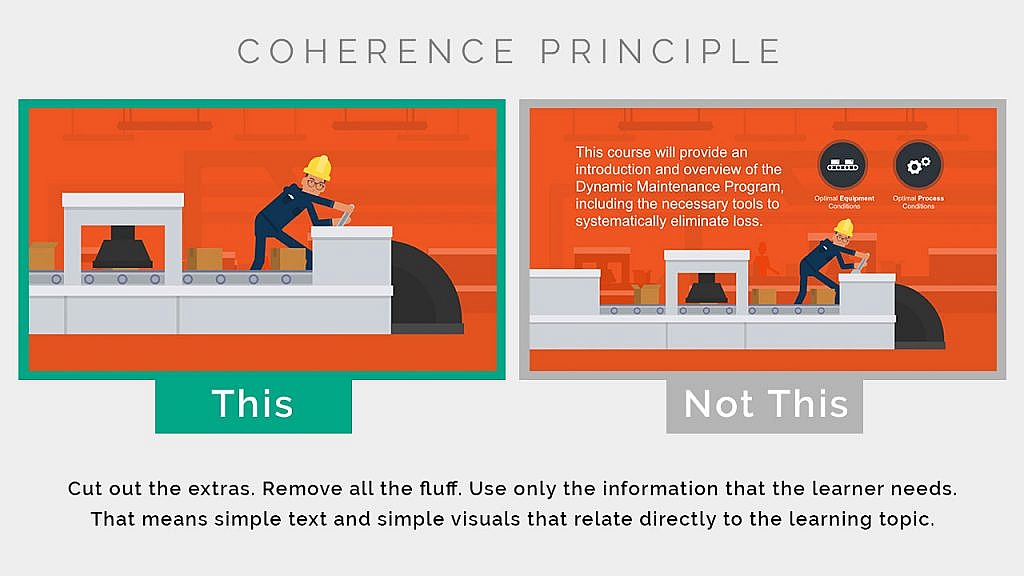
2. The Signaling Principle
3. The Redundancy Principle
4. The Spatial Contiguity Principle
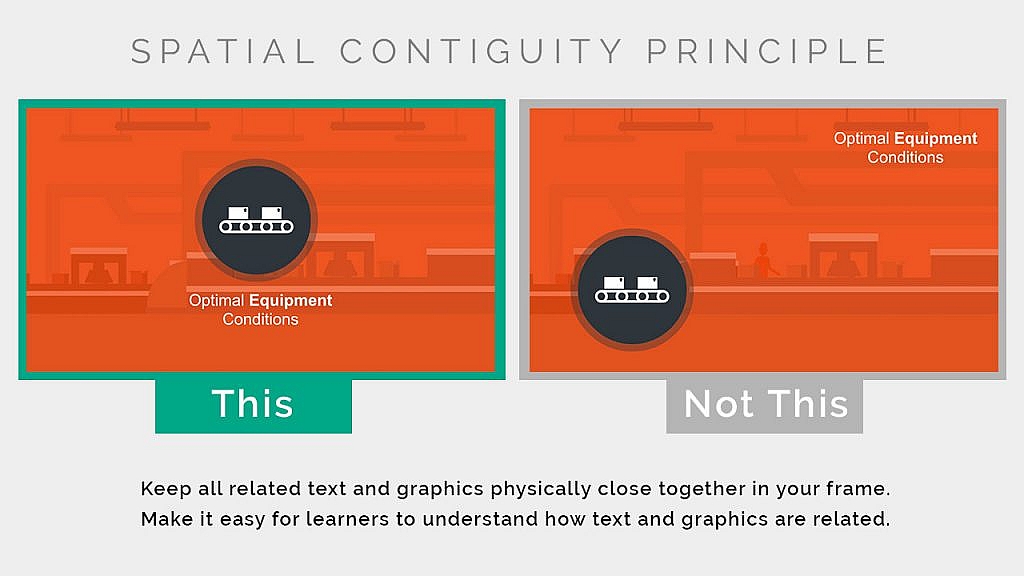
5. The Temporal Contiguity Principle
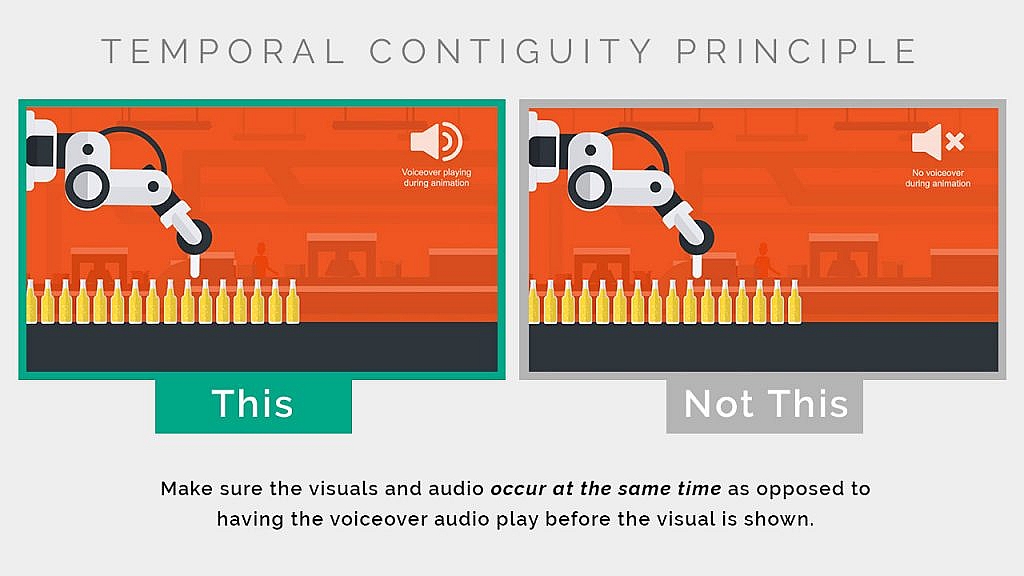
6. The Segmenting Principle
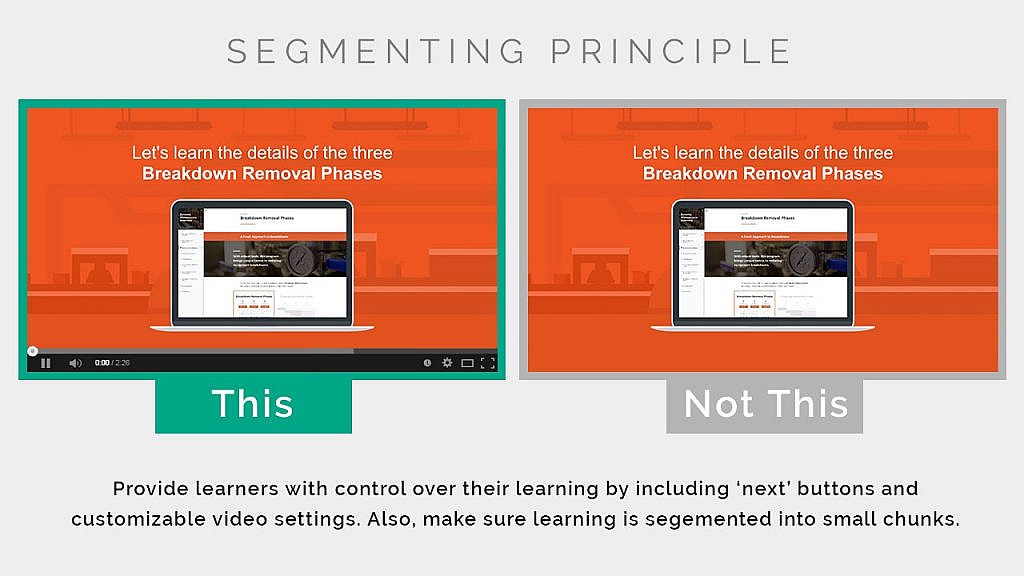
7. The Pre-Training Principle
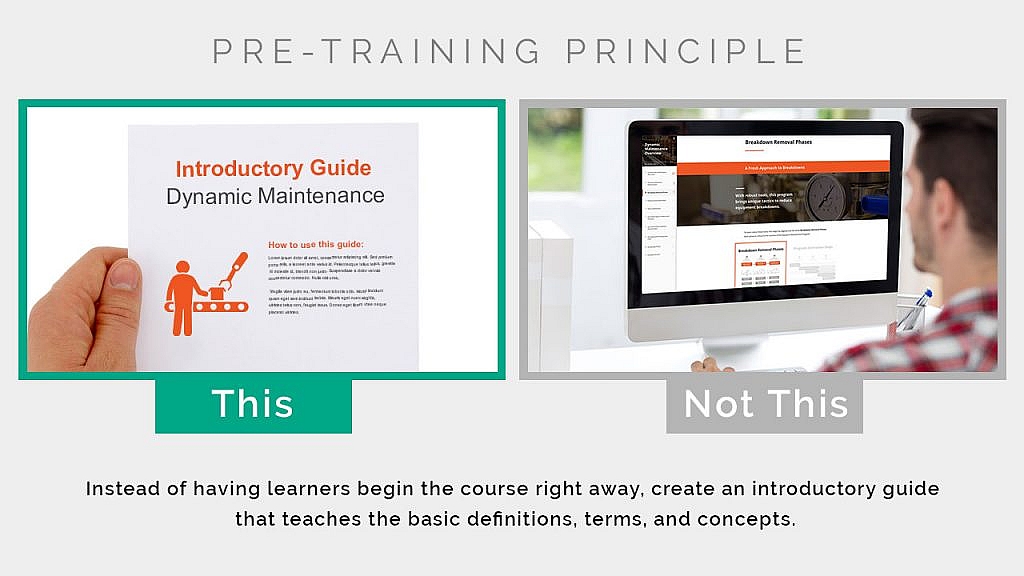
8. The Modality Principle
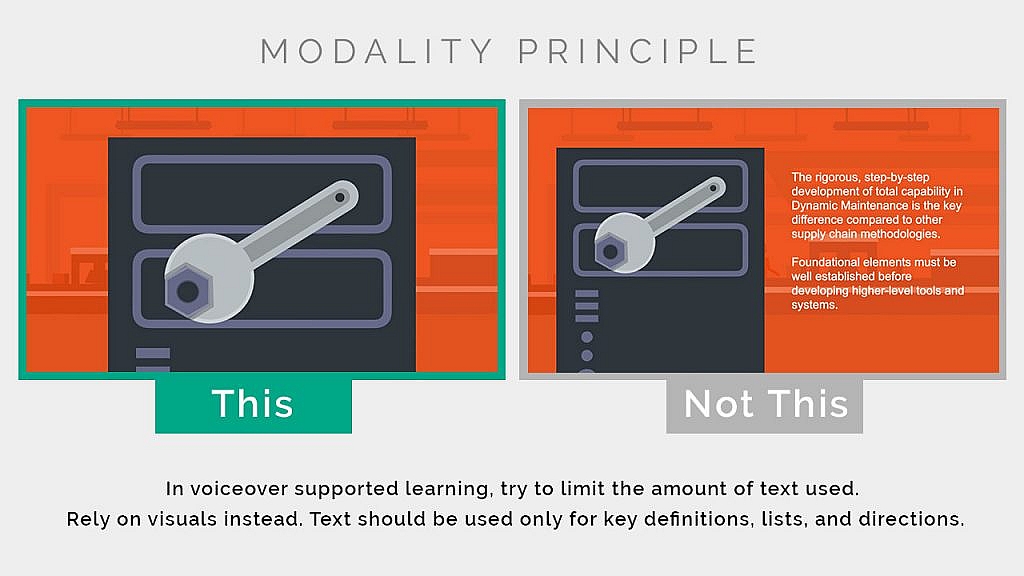
9. The Multimedia Principle

10. The Personalization Principle
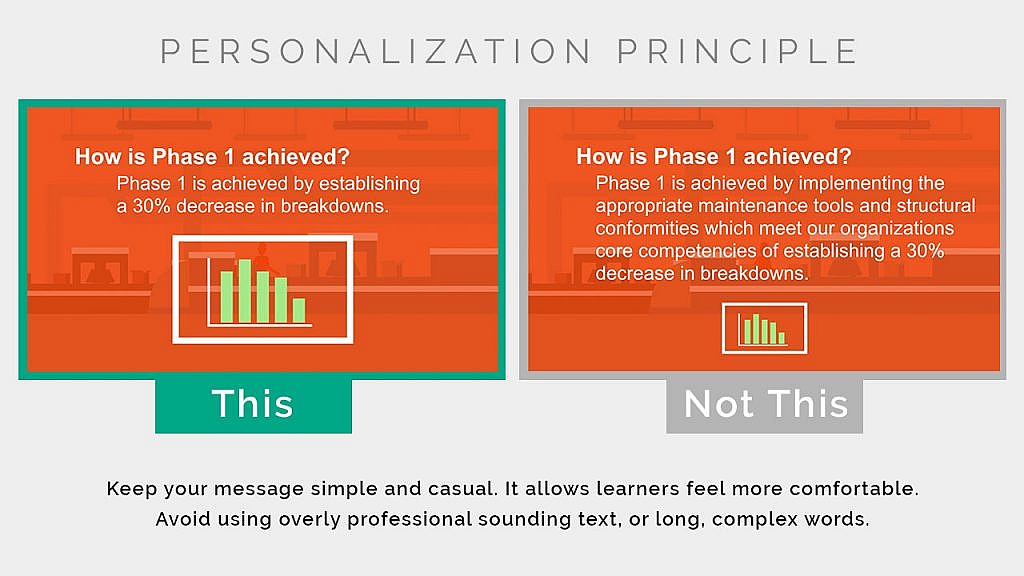
11. The Voice Principle
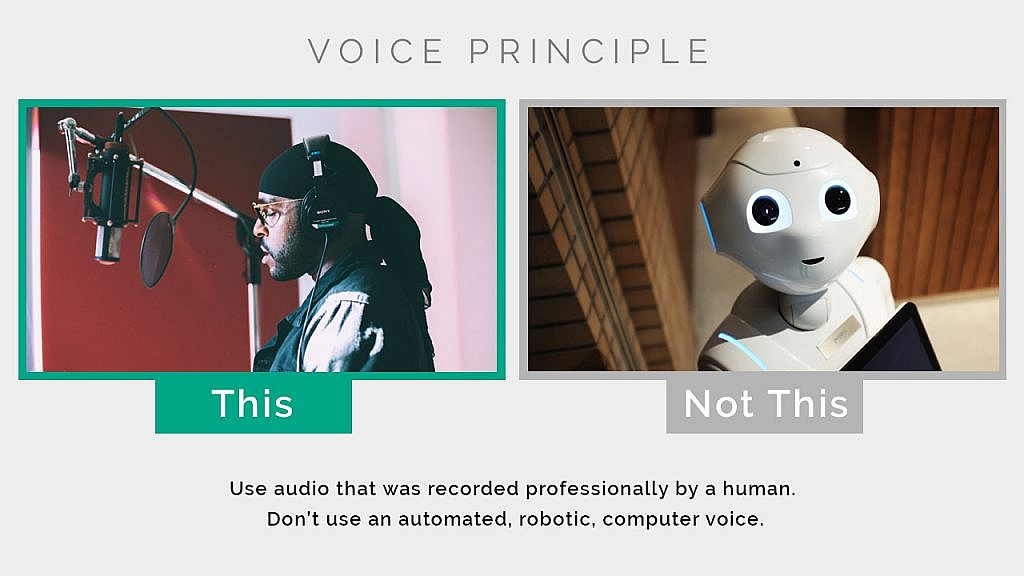
12. The Image Principle
The images are taken from WaterBearLearning.

